| Coad | 670226 | Substrate | Liquid Crystal Polymer / N-BK7 | |
| Type | Vortex Waveplate Array | Operating Temperature | -20 - 80°C | |
| Dimension(mm) | 25.4 x 3.2 | Incident Beam Size | 0.3 - 3.2mm | |
| Clear Aperture(mm) | 15.0 x 15.0 | Center Offset | <0.5mm | |
| Wavelength(nm) | 633 | AOI | ±20° | |
| Order | 1 - 9 | Housing Specification | SM1-8A | |
| Optical Retardance | λ/2 | RMS | ±5nm | |
| Transmission Light Deviation | <10 arcmin / <1 arcmin(Unmounted) | Fast Axis Accuracy | - | |
| Transmittance | >98% | Surface Quality | 40-20 | |
| Conversion Efficiency | >99.5% | Transmission Wavefront Deviation | <λ/4@633nm | |
| Coating Type | AR Coating | Coating Specifications | Ravg<0.5%@400-700nm,AOI=0° |
LBTEK Vortex Waveplate Array is fabricated on an N-BK7 glass substrate using liquid crystal polymer (LCP) material. It integrates vortex waveplate units with topological charges m = 1–9 into a 3×3 array, available in either modular (split-type) or integrated form, and can be mounted in a standard SM1 lens tube or custom-designed mechanical fixtures.
Depending on the polarization state of the incident beam, the device can generate vortex beam arrays with orbital angular momentum (OAM) l = ±1–9, as well as various vector-polarized beam arrays. Compared with a single vortex waveplate, the Vortex Waveplate Array offers a higher level of integration, making it more convenient for applications involving vortex beam arrays. At the same time, it retains the advantages of planar optical components—high efficiency, stability, and ease of operation. Its true zero-order design further enables reduced wavelength sensitivity, enhanced thermal stability, and a larger range of incident angles.
LBTEK m=1–9 Integrated Vortex Waveplate Array is capable of generating Laguerre–Gaussian beams with OAM l = ±1–9, as well as a variety of vector-polarized beams. The entire structure is integrated on a 1-inch substrate with a total clear aperture of 15 mm × 15 mm, offering a highly compact form factor. Each vortex waveplate sub-unit has dimensions of 5 mm × 5 mm and is suitable for incident beams with diameters ranging from Ø0.3 mm to Ø3.2 mm. The 1-inch mechanical housing is engraved with markers to help users identify the arrangement of topological charges (m) within the array. Specifically, the unit with a line + dot marker corresponds to m = 1, while the unit with a line-only marker corresponds to m = 9. From the m = 1 unit, the direction of rotation from the line marker toward the dot marker indicates the sequence in which m increases (1, 2, 3, …).
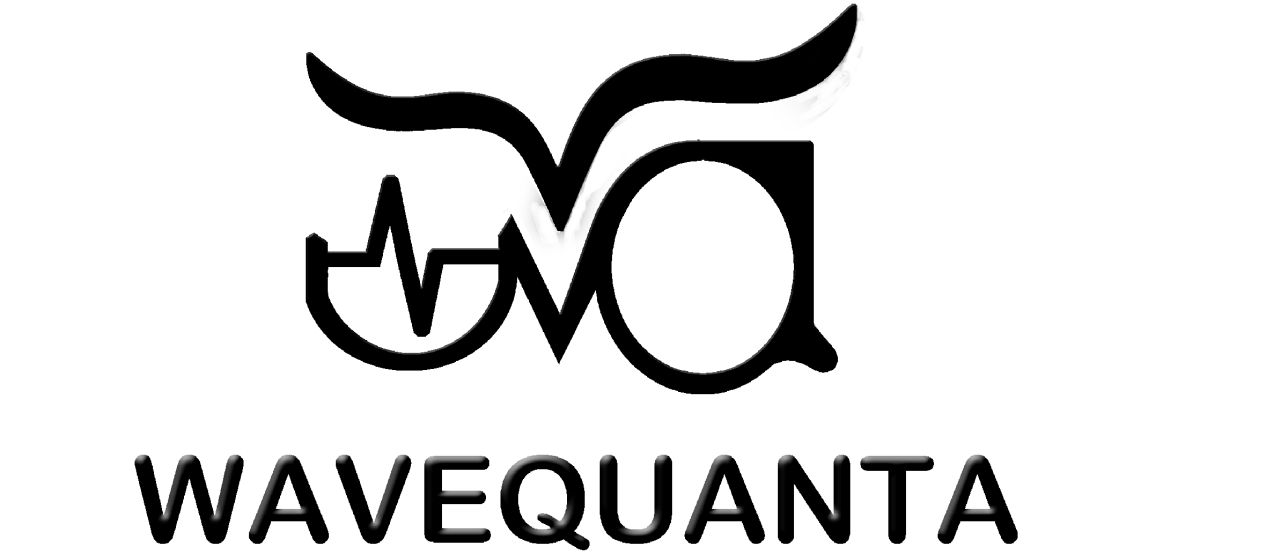



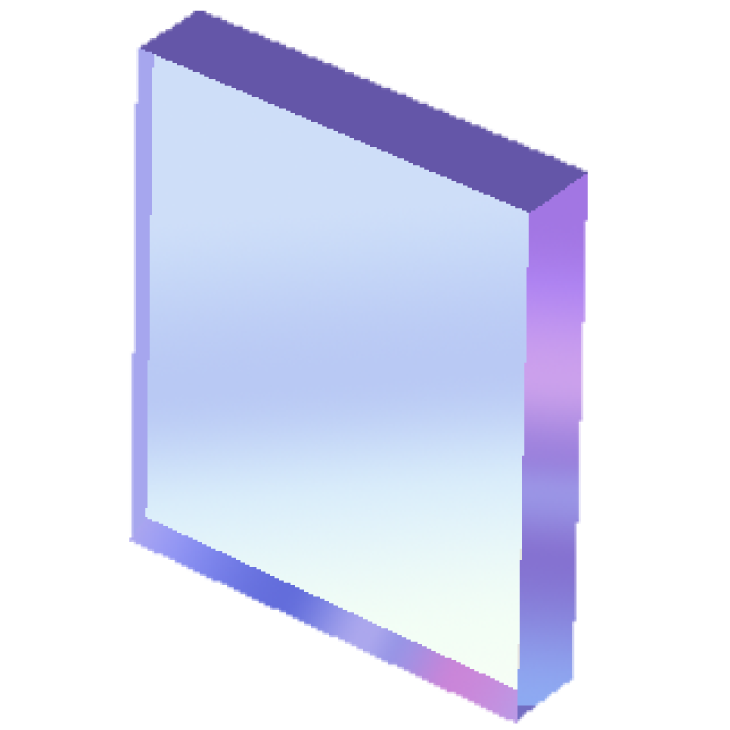
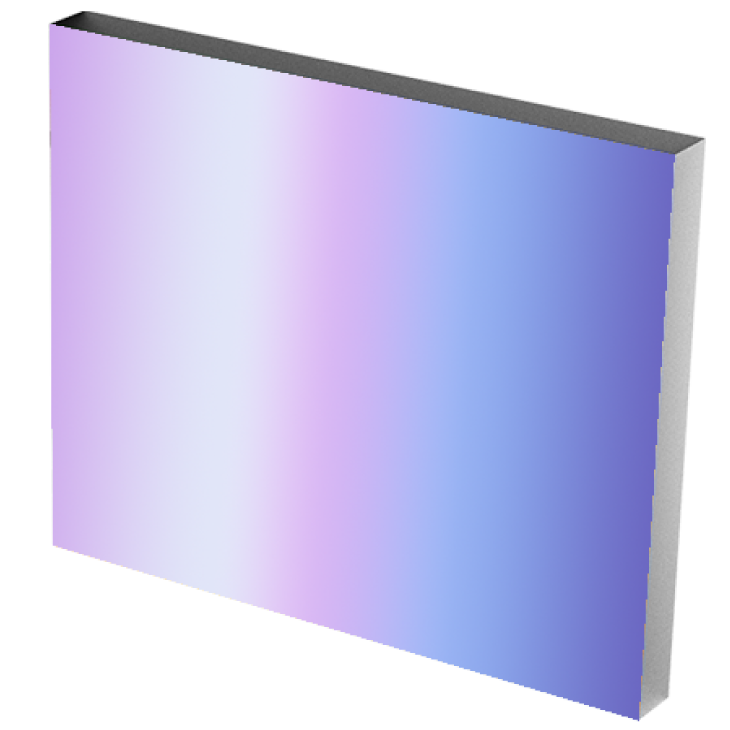



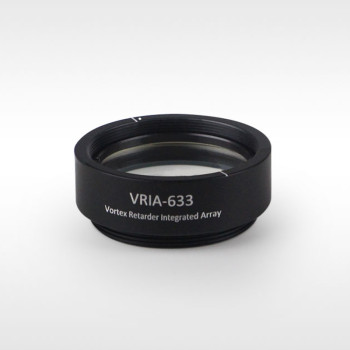

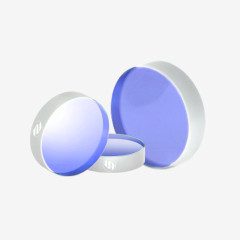
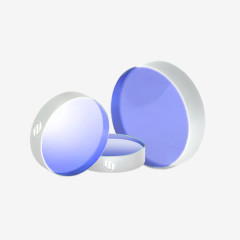
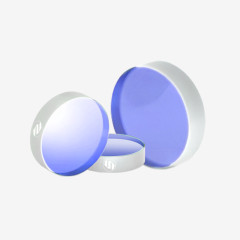
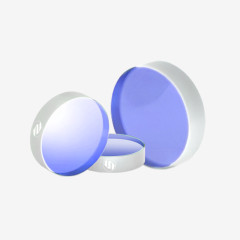

Product evaluation
%High praise
There are comments